The History of Symbian's Secret Fragmentation
Whether you call it fragmentation or choice, having multiple versions of an operating system across a product line probably does more harm than good. While the issue rarely affects the average user, power users/developers/reviewers are all well aware of how fatiguing it can be to track a platform in parallel. Symbian is no stranger to this type of multiplicity either, and here we review the history of all its various guises over the years.
Ancient History
EPOC, the operating system that would become Symbian, began life in the mid-nineties, powering devices such as the Psion Series 3, 3a, 3c, and 3mx; as well Oregon Scientific’s Osaris PDA. The next release of EPOC would be called EPOC32 – targeted at 32 bit ARM processors, and the original version was retroactively named EPOC16. EPOC32 would power devices like the Psion Series 5, 5mx, and Series 7.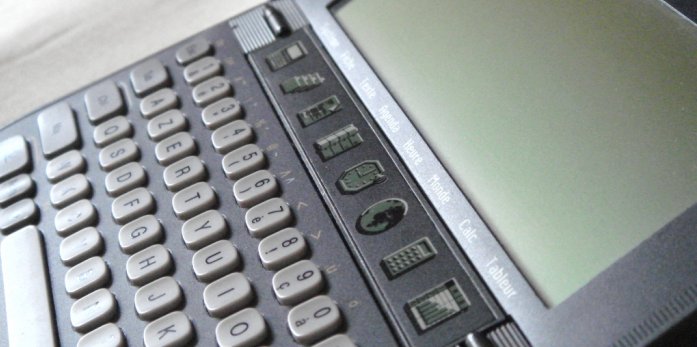
The Psion Series 3a
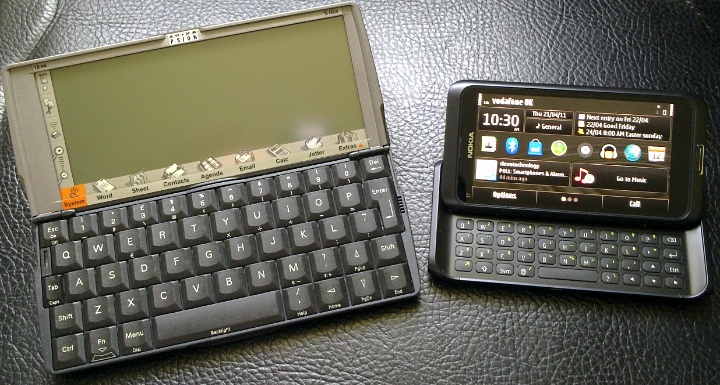
The Psion Series 5mx keyboard putting the E7 to shame!
As its first offering to the Psion faithful, Nokia produced the 9210 Communicator, though it took a step back by omitting the touchscreen elements of the UI that had been introduced with the Psion Series 5. They say hindsight is 20/20, and the decision to omit a touch interface arguably set Nokia years behind the competition that it would one day face – namely iOS and Android.
The S60 Era
By 2005, Symbian 9.1 was released and Nokia standardised to Series 60 3rd Edition, rebranding the platform as “S60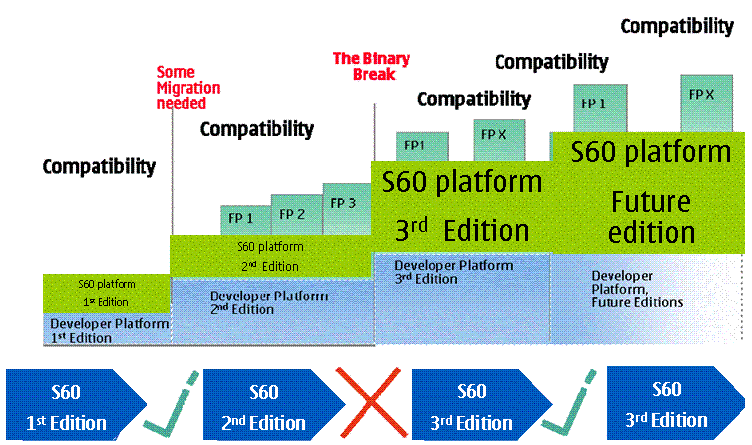
The compatibility roadmap for S60.
Image credit: Nokia Developer
Image credit: Nokia Developer
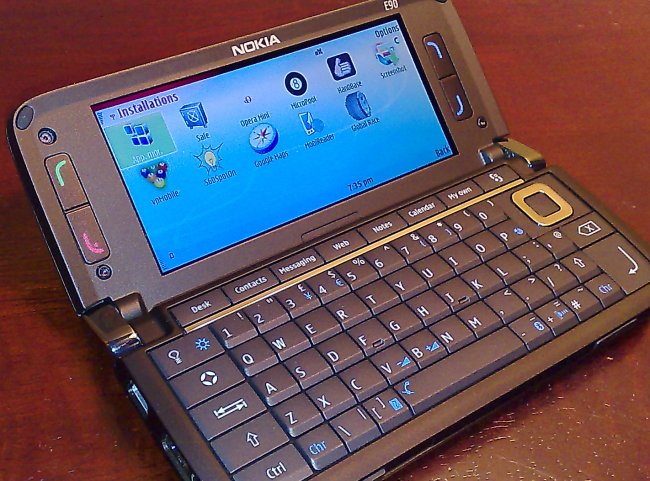
The Nokia E90, the first S60-powered Communicator.
Symbian^3, Anna and Belle
As of 2010, Symbian^3 (SymbianOS 9.5) was released, and the S60 brand was officially terminated. While touch was deemed the way forward, there was a still a massive user base of non-touch devices for developers to market to. Plus, not all S60 5th Edition applications would work on Symbian^3, but these were in the minority and developers quickly caught up. This was partly thanks to Symbian's support for scalable UIs which, if properly used by developers, meant that minimal migration was needed for the few devices that had a non-standard screen resolution; i.e. the E6 and E90.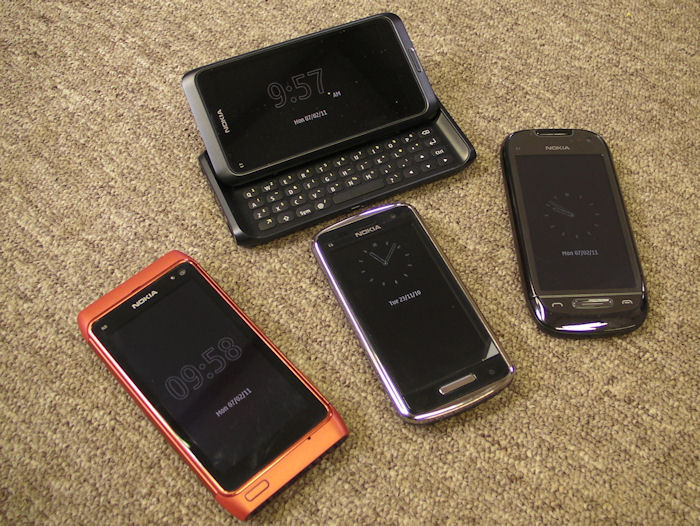
The original four Symbian^3 phones (left to right): N8-00, E7-00, C6-01, C7-00.
Also, Nokia began announcing new Symbian devices which were from different hardware families than the N8, C7, E7, and C6-01. For example, the Nokia 500 sported a much faster CPU than previous models (1 GHz) but lacked the graphics acceleration chip that was featured in the original Symbian^3 devices. This meant that certain applications, mainly 3D games, were not compatible.
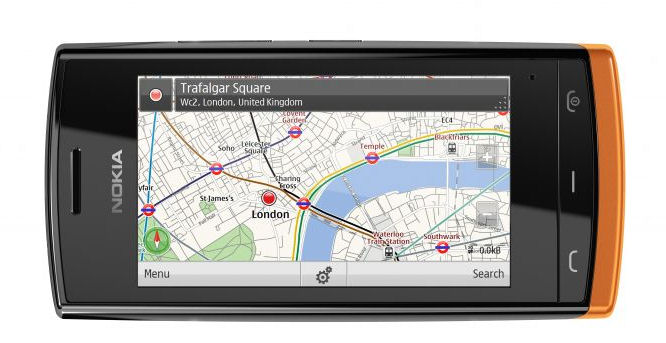
The Nokia 500 – Its 1GHz CPU compensated for its lack of GPU.
Similarly, as Nokia Belle (Symbian 10.1) arrives on Symbian devices, we have another avenue of incompatibility for applications. The overall effect of Belle incompatibility has been minimised, thanks to Nokia’s adoption of the Qt framework. Nokia gave developers an extremely long lead-in time to get their applications rewritten into Qt and for Qt libraries to be added to Symbian^3 and Symbian Anna devices (which didn’t always go smoothly). Also, Nokia announced the design style guide for Belle well in advance of its release. Overall, compatibility issues are limited to slight changes in the platform's APIs, which only require modest code adjustment - this should be constrasted to the massive binary break made when Nokia switched to S60 3rd Edition.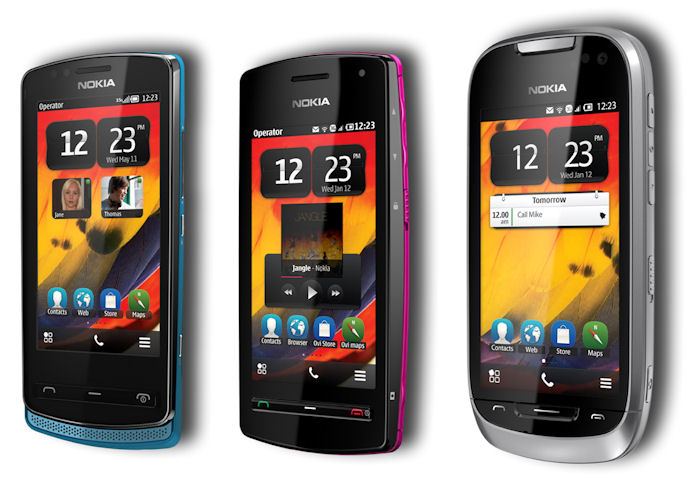
Nokia Belle.
Closing thoughts
When Symbian has had more than one version of its UI on sale at the same time, it certainly hasn’t helped. However, it has escaped the criticism that Android has received because in most cases the UI differences were clearly a mark of the host device – such as touch versus non-touch. In other cases, such as S60 3rd Edition feature packs, the overall user experience was not sufficiently different, nor were there incompatible applications, and so end-users were largely unaffected.Looking forward, future fragmentation should be kept to a minimum thanks to standardisation from Qt and obfuscation from the Nokia Store.
What do you think? Has Symbian been noticeably fragmented? Have you had issues with application compatibility? Tell us your stories in the comments.
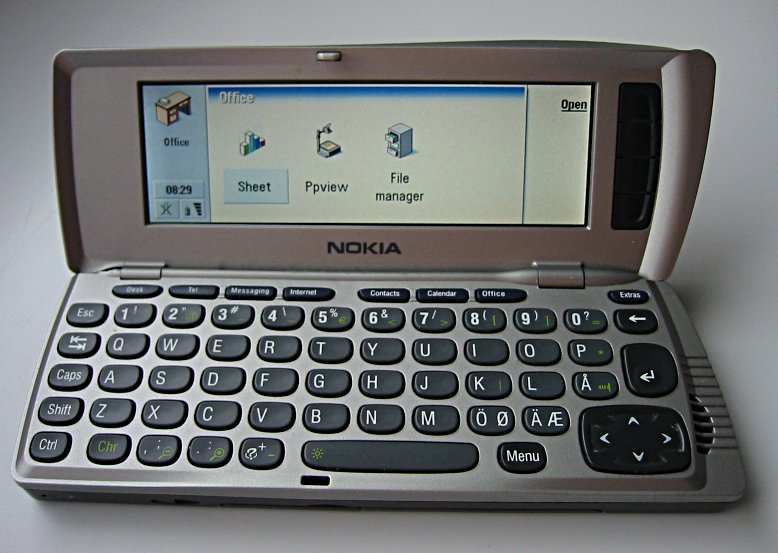
No comments:
Post a Comment